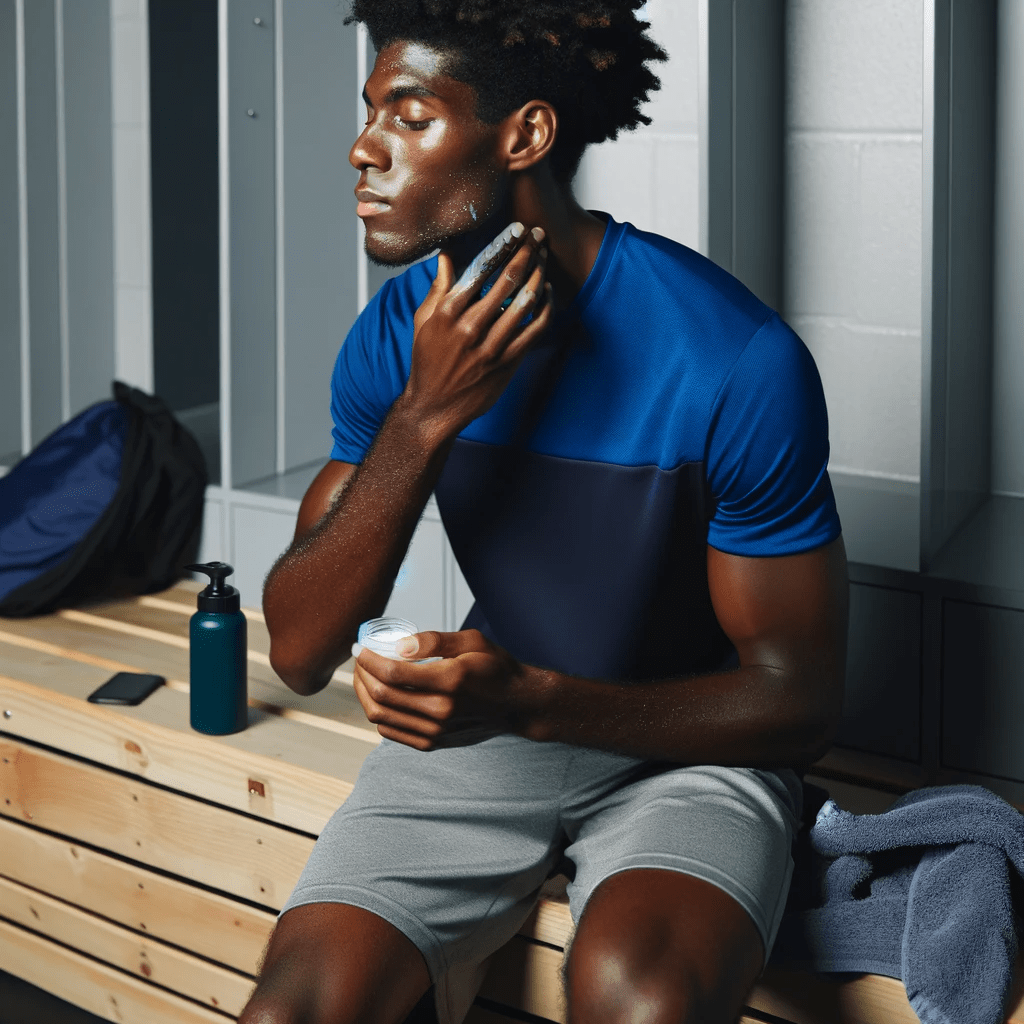
Do topical CBD products truly penetrate the skin, one might wonder. The answer, in a word, is yes.
You see, CBD interacts with the receptors of the endocannabinoid system found throughout the body, including the skin, through which topical CBD products like creams, serums, and ointments exert their effects.
These receptors, known as CBD1 and CBD2, allow CBD to influence various physiological systems, including the immune system, digestive system, and nervous system. So, now that you’re aware of the skin’s ability to absorb topical CBD, you may be curious about how exactly it interacts with the body.
Can CBD be absorbed into the bloodstream if applied with a CBD cream?
No. Bioavailability is the term used to describe a substance’s capacity to reach the bloodstream. Any externally applied CBD product lacks bioavailability, preventing it from penetrating the bloodstream. Instead, CBD uses the endocannabinoid system’s cannabinoid receptors in the skin (and other locations throughout the body) to target problem areas.
Topical Absorption of CBD For Pain Relief

Topically applied CBD likes creams and oils specifically targets relaxing tight muscles or strained joints by absorbing through the skin, unlike oral alternatives that offer a full-body benefit. This leads to a localized reduction of inflammation and pain, alleviating swelling and supporting the healing process.
Topical CBD is a safer choice when compared to oral pain relief options, with lesser risks involved. While the dangers of opioids are well documented, even commonly used pain relievers like aspirin can have negative consequences, such as increasing the likelihood of gastrointestinal bleeding, heart attacks, and strokes, as this study highlights.
On the other hand, CBD has limited side effects, and premium brands like Quiet Monk offer topical CBD pain products that use only high-quality, minimally processed hemp ingredients.
What is The Difference Between Topical CBD Absorption and Ingested CBD?
Ingested CBD, whether through infused beverages or gummies, undergoes the same digestive process as other food and drinks. This involves not just the stomach and intestines but also the liver. As the liver filters out impurities, it also diminishes the CBD’s potency and prolongs the time it takes for its effects to manifest.
Sublingual/ taken by mouth CBD oil, though part of the oral category, differs slightly. Like topicals, it directly engages the endocannabinoid system through receptors in the mouth and tongue. This method circumvents the digestive system, but its effects still take longer to feel than those of topicals. Sublingual CBD is noted for its bioavailability, meaning it enters the bloodstream directly and boasts the highest absorption rate among CBD consumption methods.
Topicals, absorbed through the skin, lack this bioavailability, allowing you to target the CBD’s effects more precisely where needed. For those new to CBD, topicals are an excellent starting point due to these characteristics.

A frequently asked question is whether topical CBD can actually be absorbed through the skin. The answer is yes. When applied topically, CBD penetrates the skin, reaching cells and tissues beneath. This interaction with the body’s endocannabinoid system, which is widespread, including in the skin, allows CBD to influence virtually every other system in the body, like the immune, digestive, and nervous systems. Topical CBD products, including creams, ointments, and serums, harness these interactions to provide pain relief, anti-inflammatory effects, and other health benefits. Moreover, topical CBD can enhance the skin’s health by maintaining moisture, regulating oil production, and offering additional benefits.
